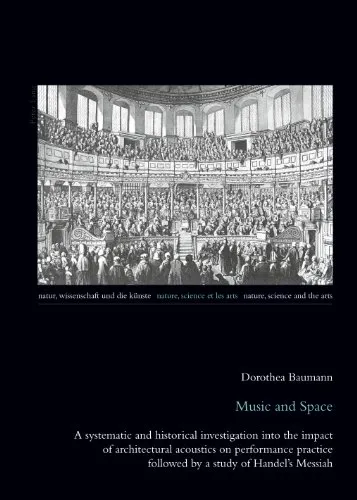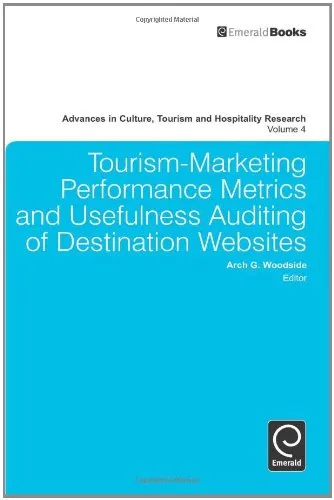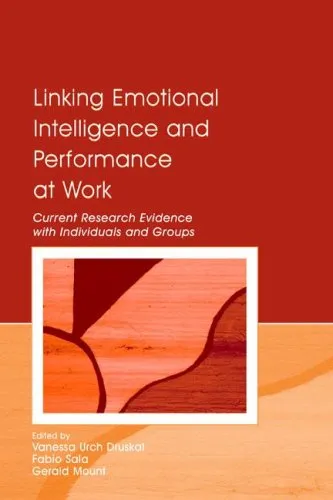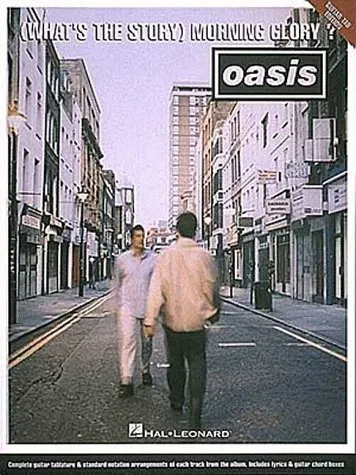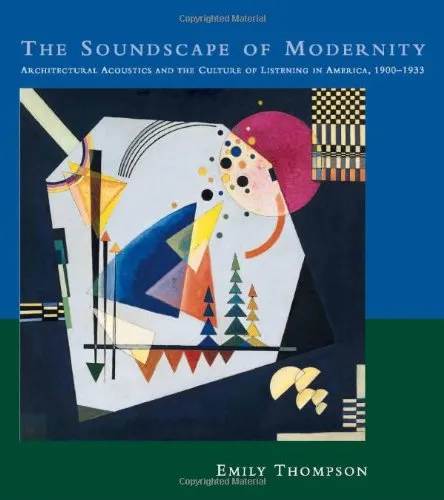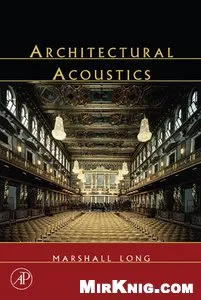Music and Space: A systematic and historical investigation into the impact of architectural acoustics on performance practice followed by a study of ... Et Les Arts/Nature, Science and the Arts)
4.7
Reviews from our users

You Can Ask your questions from this book's AI after Login
Each download or ask from book AI costs 2 points. To earn more free points, please visit the Points Guide Page and complete some valuable actions.Related Refrences:
This book explores a paradox: how can a musical work that was written specifically for a certain architectural space «survive» dramatic changes in performance conditions, as in the case of Handel’s Messiah? From the chamber music hall in Dublin where it was first performed in 1742, small baroque theaters, and the chapel of London’s Foundling Hospital, performances of Messiah after Handel’s death moved to cathedrals, to new and large 19th-century concert halls, and finally to the immense Crystal Palace in Sydenham. Are there boundaries determining an adequate performance? How can we define the quality of room acoustics and how does this quality affect the performance as actual sonorous presentation of a musical work? In short, how do different acoustical conditions affect basic aesthetic premises? There are no simple answers to these complex questions, which elicit different responses according to varying points of view. This aspect of cultural history necessarily calls for an investigation based on systematic, historical, and psychological methods. In the first part of this book, which draws from an extensive database of documents on halls, theatres, and churches, essential concepts from the main disciplines involved are introduced in order to define quality of room acoustics in relation to different performance situations. This background then serves as framework to investigate the performance history of Handel’s Messiah in the second part.
Free Direct Download
You Can Download this book after Login
Accessing books through legal platforms and public libraries not only supports the rights of authors and publishers but also contributes to the sustainability of reading culture. Before downloading, please take a moment to consider these options.
Find this book on other platforms:
WorldCat helps you find books in libraries worldwide.
See ratings, reviews, and discussions on Goodreads.
Find and buy rare or used books on AbeBooks.
1223
بازدید4.7
امتیاز0
نظر98%
رضایتReviews:
4.7
Based on 0 users review
Questions & Answers
Ask questions about this book or help others by answering
Please login to ask a question
No questions yet. Be the first to ask!
